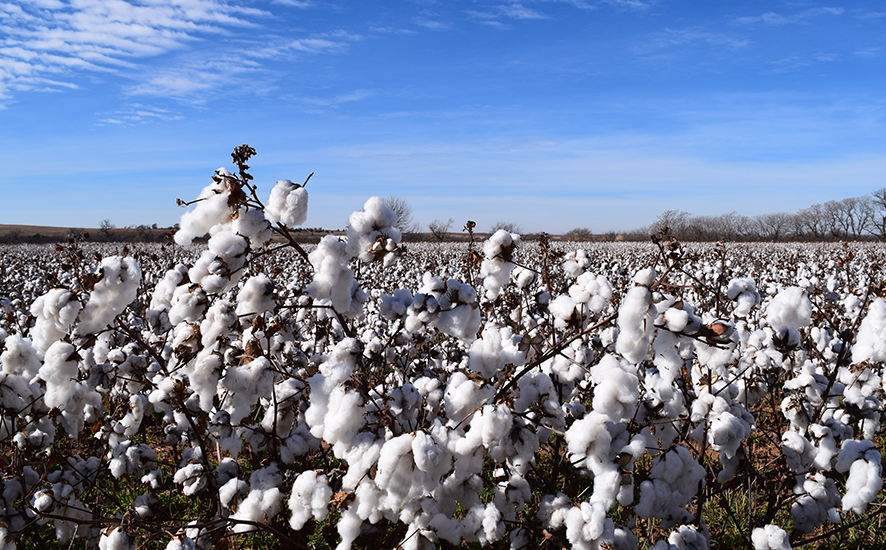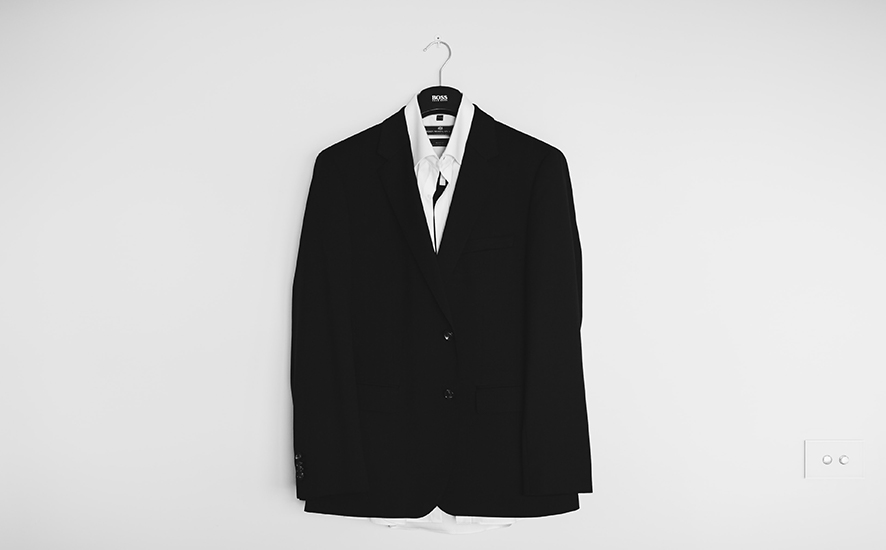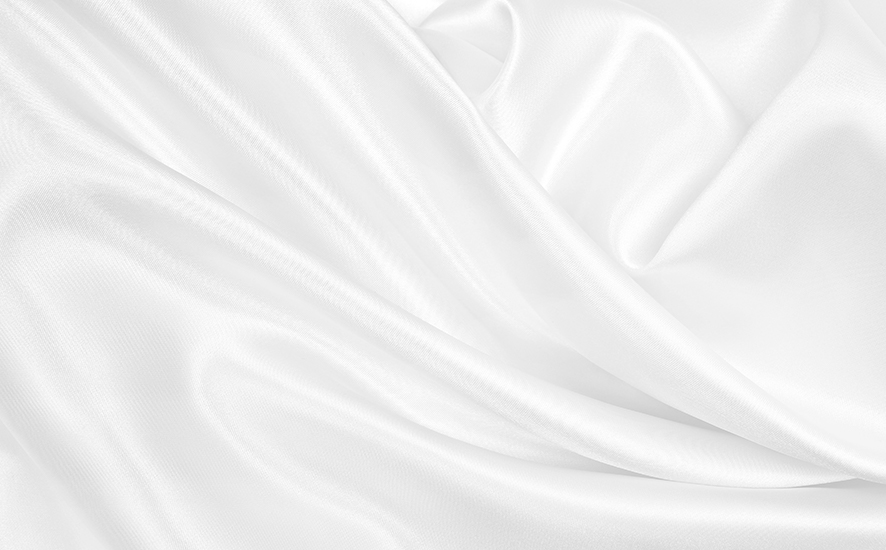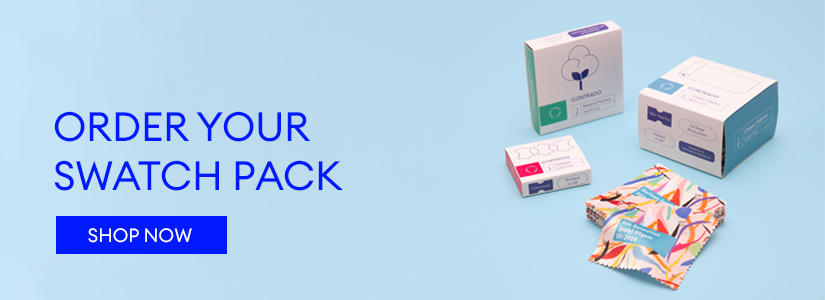Needless to say, when you’re a fabric specialist, you end up doing a lot of research into different fabrics, processes and the plethora of other things that come as a package deal with textiles. Well, that’s where we came across the up and coming fabric that almost nobody is concentrating on, cupro. But what is cupro? And how come we haven’t really heard of it until now?
What is Cupro?
In the current climate, so much focus goes on waste production and ultimately waste reduction. Rightly so. That’s why it comes as a surprise to me that cupro isn’t the word on many more sets of lips right now. Cupro is a rose by many names, including cuprammonium rayon, ammonia silk and Bemberg. It’s made from cotton waste. Similar to rayon, viscose and Tencel, it’s one of those not-quite-natural-but-not-really-synthetic fabrics.
How is it made?
Cupro is a fabric that is made from natural fibres but is chemically treated, leaving it in the no-mans-land between natural and synthetic fibres. It uses cotton waste, called linters. This is a by-product that’s like a fuzzy down, made as a result of processing cotton, which is usually discarded. Some manufacturers use recycled cotton. The cotton gets treated with copper, ammonia and caustic soda. This is then spun, a lot, which gives us an end result of a super-soft, incredibly fine, sheer semi-synthetic fabric.

What is it Cupro used for?
This is where it gets interesting. Cupro is a popular choice for lining in top-end suits, as well as outerwear and innerwear. It’s main, and potentially only use, is in fashion. It’s so fine and luxurious that it is often used as a vegan alternative to silk. It features a similar appearance, handle, and the way it flows and drapes is almost identical.
Where it differs from silk, however, is that it is a much cooler, much more breathable fabric. It washes well. Albeit usually requiring a cold wash, it can certainly be put in the machine, so not dry-cleaning required at all – just make sure that you don’t put it in the dryer.
It dyes well, super well. It absorbs colour beautifully as opposed to silk which often produces somewhat saturated colours, so cupro is the go-to for flamboyant and fabulous prints. Due to the highly breathable nature and sheer, lightweight properties it is also used in sportswear too, think about how hot and bothered you get during an aerobic workout – this is just perfect for that.

Advantages and Disadvantages of Cupro
Pros
- Uses waste by-products of cotton processing
- Biodegradable, a huge plus in the current climate
- Lightweight and breathable
- Mixes easily with other fabrics
- Dyes fantastically, producing vibrant prints
- It’s sheer and has good elasticity
- Can be machine washed (cold wash)
- Hypo-allergenic and anti-static
- Completely vegan-friendly
- Creates much less wastewater than cotton
Cons
- Uses some harsh chemicals in the creation process
- It ignites easily at temperatures over 180°C
- Chars when ignited and leaves a coppery residue
- Cannot be tumble dried at all, must be cold washed
- Wrinkles easily and so isn’t travel-friendly
So, what do you think of this new-kid-on-the-block material?
Well, now you know about what it is and how it’s made, we want to know your thoughts on this controversial fabric? It really is the Jekyll and Hyde of materials; it uses cotton waste and is biodegradable which are both massive plus-points, but it also uses some pretty harsh chemicals. Although each chemical bath is often used and reused multiple times, at some point, it is going to need to be disposed of.
If you would rather stick to fabrics you know, then why not order our swatch pack and get a look and feel of each one?


